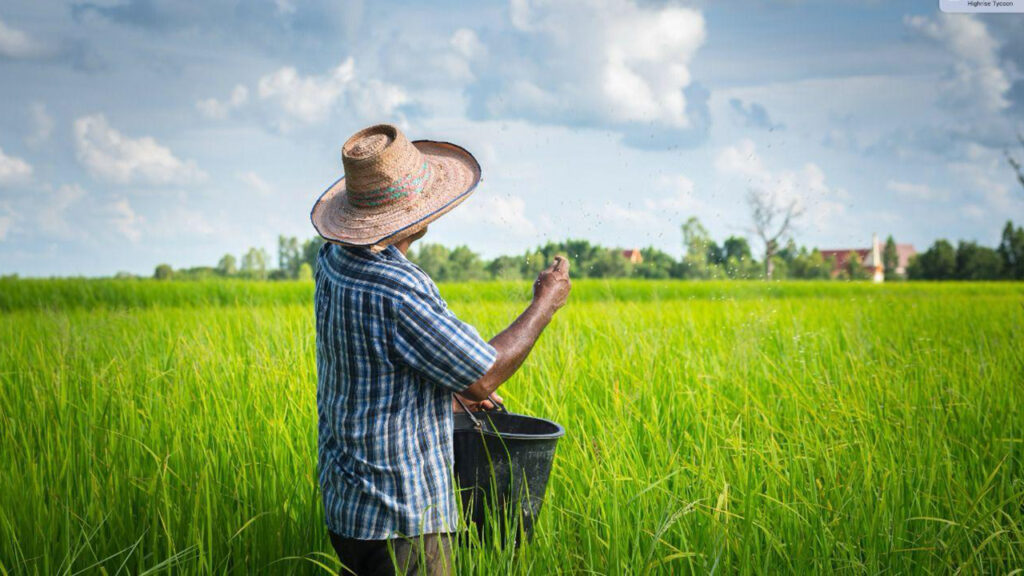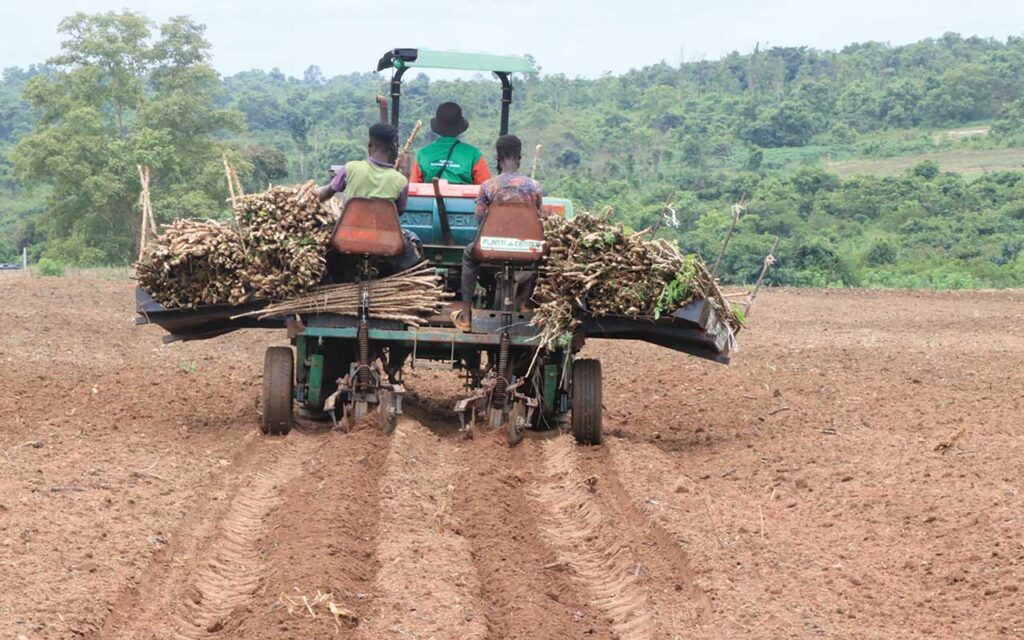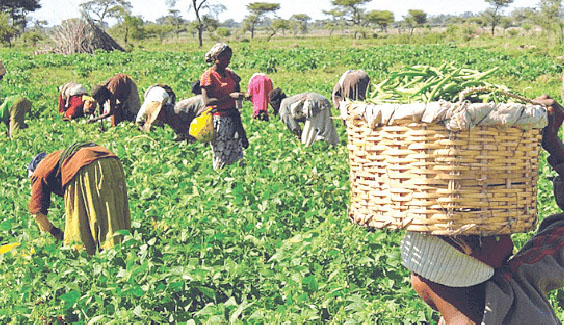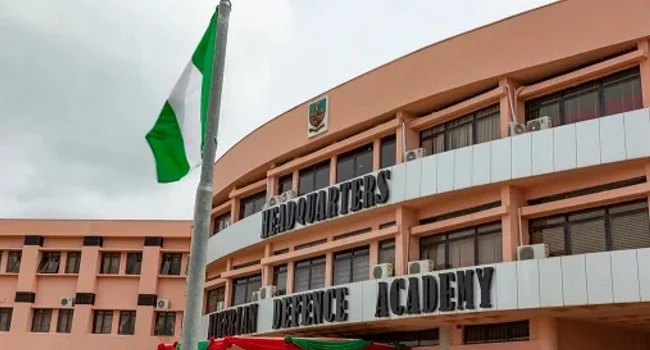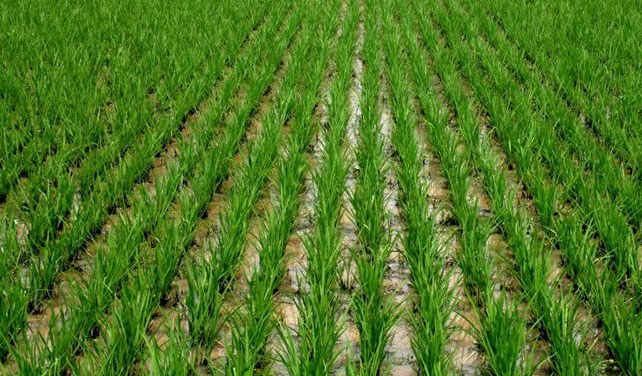
With climate change disrupting weather patterns and jeopardising food security, scientists are equipping themselves with the knowledge and skills to leverage advanced crop models and climate data.
According to the Consortium of International Agricultural Research Centers (CGIAR), these models act as digital simulations, allowing researchers to assess potential climate impacts and develop tailored adaptation strategies for various scales from individual fields to entire landscapes.
To them, crop modeling is no longer just a research tool; it’s now empowering farmers with timely, climate-smart information. It allows farmers receive personalised advisories on planting times, crop choices, and management strategies in response to changing weather patterns, considered as transformative promise of crop modeling in agricultural decision-making.
The scientists say the models are a game-changer and when well-adapted, can guide farmers in making crucial decisions about resource use efficiency (water and nutrient use management), agronomic operations (planting dates, weeding, harvesting), and even, anticipating potential pest and disease problems, ultimately helping us navigate the challenges of a changing climate.
Professor Tafadzwanashe Mabhaudhi from London School of Hygiene and Tropical Medicine (LSHTM) said the application of crop models is still a developing field, but holds immense potential for empowering farmers. “By understanding the specific risks their crops face owing to climate change, farmers can make informed decisions about planting dates, crop choices, and water management, ultimately increasing their resilience and ensuring better yields.”
He added that the recent advancements in crop modeling offer a transformative approach to address the ever-evolving challenges in agriculture, especially with looming climate uncertainties.
One of such groundbreaking initiative is the GROWSMART advisory service, developed by the CGIAR Excellence in Agronomy Initiative, in collaboration with CGIAR Centres and partners in Southern Africa.
What sets GROWSMART apart is its robust framework, which integrates remote sensing, machine learning, and crop models. This amalgamation of cutting-edge technologies provides farmers with actionable insights, not just information, to navigate the challenges of a changing climate.
Tailored for farmers and extension agents in English and Chinyanja (Bantu language spoken in parts of Malawi), GROWSMART utilises existing data to offer insightful agronomy support with a specific focus on El Niño (droughts, floods, crop failures etc).
This climatic phenomenon, reports say disrupts agricultural landscapes. This collaborative effort aims to empower farmers by disseminating vital El Niño information through diverse platforms, including tailored messages for various stakeholders.
Other collaborations include the Agricultural Model Intercomparison Project (AGMIP), which is a major global initiative linking the climate, crop, and economic modelling communities of practice to develop improved crop and economic models and the next generation of climate impact projections for the agricultural sector.
While acknowledging the complexities of downscaling climate data and improving the inter-comparability of models, the practical impact resonates deeply with farmers, a beneficiary of the Agricultural Model Intercomparison Project, Mrs. Mkhize, who shared her experience, said: “The SMS alerts are crucial for my family and I to prepare for upcoming weather conditions. Recently, I received a warning about heavy rainfall, allowing me to store rainwater for future irrigation, as advised.”
Her story underscores empowerment farmers enjoy through these agro-advisory tools. Beyond technology, the scientists say the innovations have showcased the practical benefits of equipping farmers with reliable information from well-adapted models, adding that in regions where agriculture is the lifeblood, these innovations become lifelines, noting that the tailored messages serve as guideposts, navigating farmers through the complexities of climate change.

